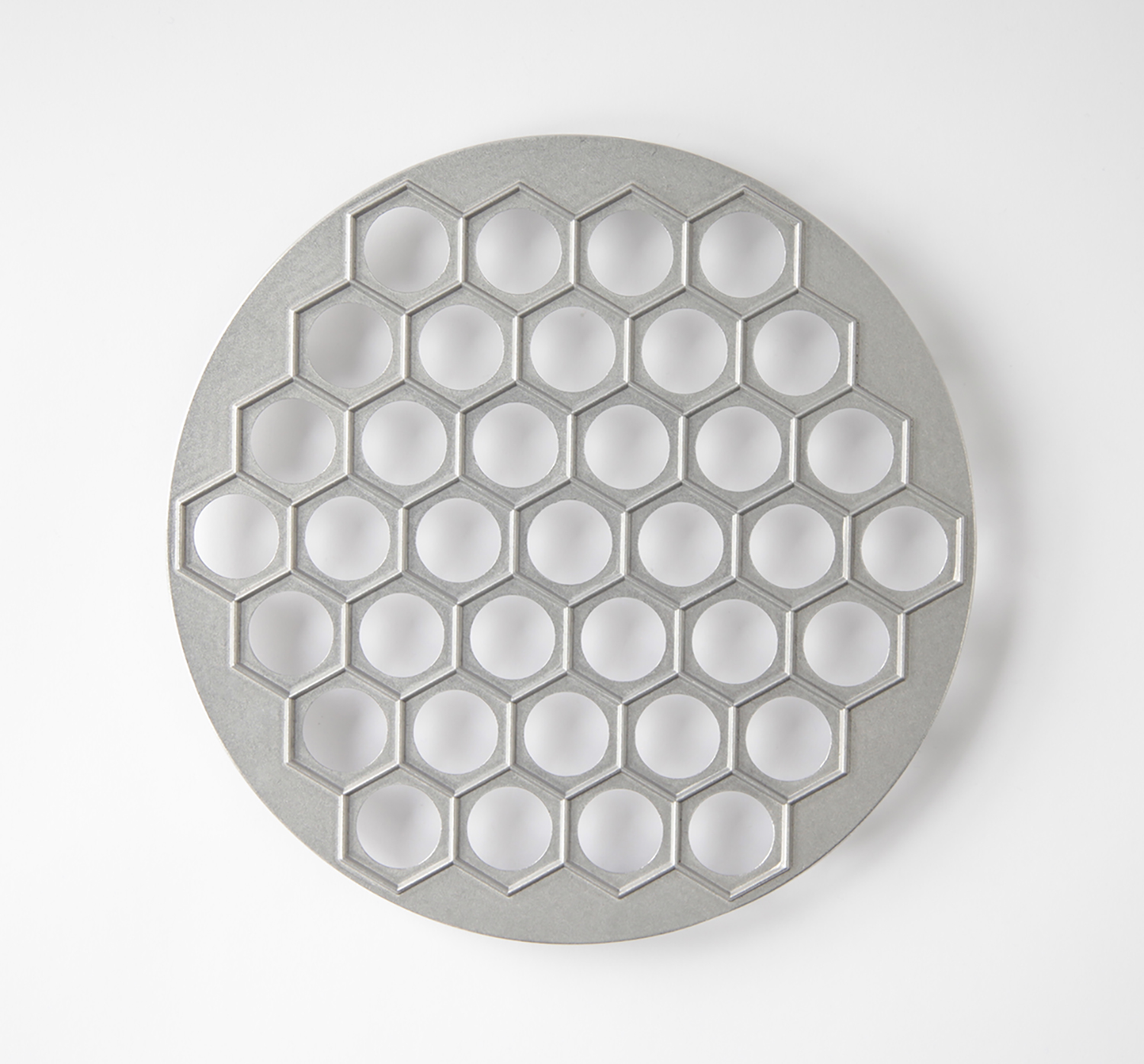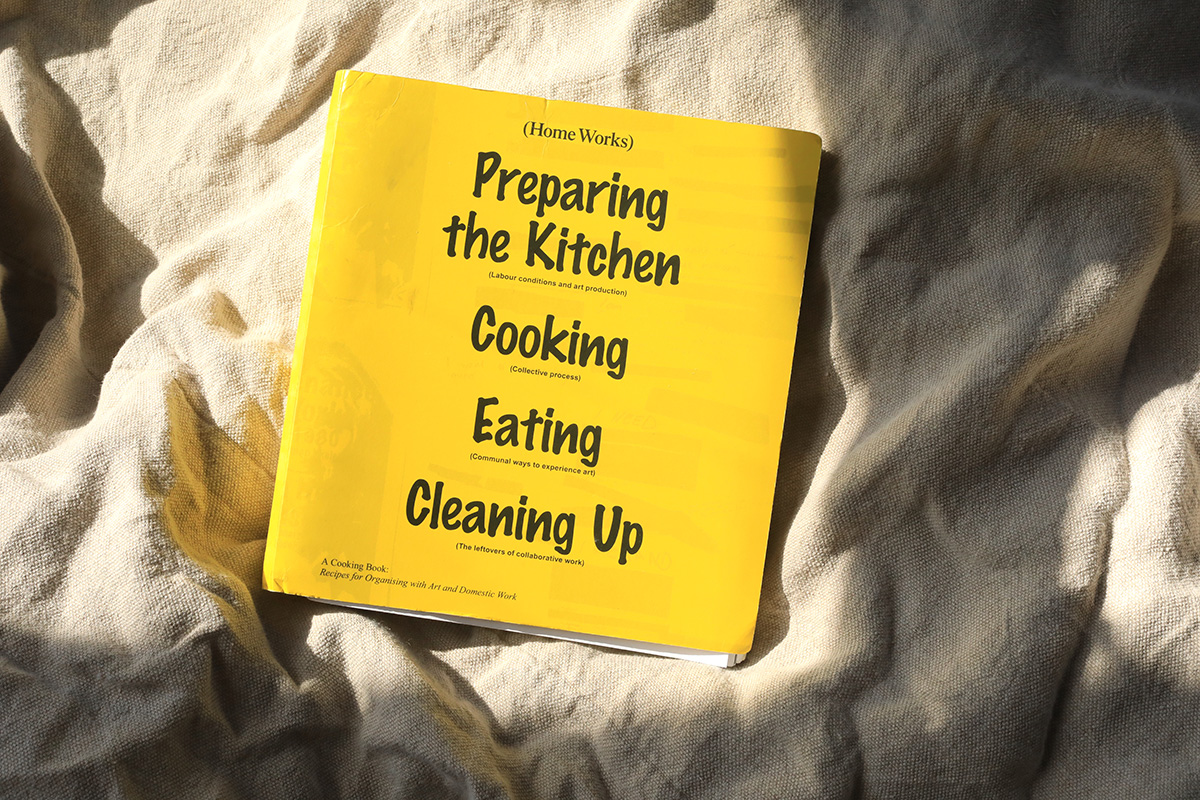Like the Italian orecchiette nomenclature, Russian pelmeni get their name from their ear-like shape; when boiled, they shrivel slightly to resemble our acoustic organs.1 However, pelmeni are a type of dumpling (not pasta) filled with different meats, fish or mushrooms, and are a staple of Russian and Siberian cuisine. Originally, they would have been made by hand, but eventually this tool allowed many to be constructed at once. Like the honeycomb of a beehive, the pelmeni maker is comprised of multiple hexagons in a cast metal frame. To make pelmeni, a thin sheet of dumpling dough is placed over the cast aluminium mold, filling is placed in each depression, covered with another sheet of dough, then flipped and pressed on the countertop to form multiple dumplings.
Pelmeni are notably smaller than some types of dumpling, being more akin to Italian tortellini than larger Tibetan momo. Pelmeni can be purchased readymade in the freezer section of Eastern European supermarkets; amazingly, this is not far from their origin – Siberian hunters used to carry frozen dumplings with them as they travelled as a preserved food, which they cooked as and when needed.
- 1. I love the connection here between ear-shaped food items across the world. The honeycomb shape of this object makes it a great display item in the kitchen, but also handy for churning out tons of pelmeni for a feast. This object also exemplifies the objects that I’m so excited to cook with. There are many in the book that came up, which mean that I have the opportunity to try something new from a culture different to mine. In the process, I will learn, and taste something delicious at the same time. Admittedly I’m quite behind on trying all of these things out. Because of Covid and not being able to have dinner parties, it really stalled my activities. But I can’t wait to do it all—watch out there might be a Tools for Food supper club coming your way soon. -CM
Tools for Food (available 11/23 in the United States) tells the stories of design and culture behind kitchen implements from across the world, and how each and every one contributes to the way we eat, cook and live today. Pre-order your copy of the book from Book Larder (Seattle), Now Serving (Los Angeles), Kitchen Arts & Letters (NYC), or from a fine independent retailer new you.

















